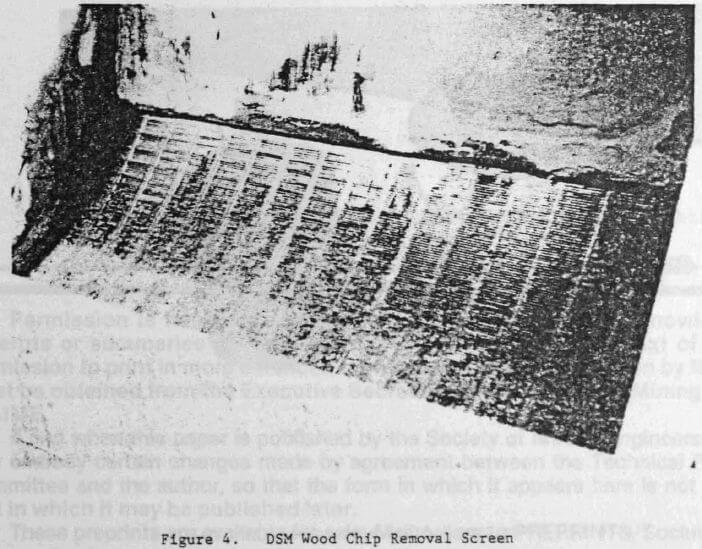One of the minor but occasionally troublesome problems in the Creede plant is related to the clayey nature of some of the ore from the mine. At times the thickener underflow is so clayey that it forms a rope which can almost be carried around without a bucket.

As described in the previous report: ” at times we have difficulty in maintaining the 48% solids in the thickener underflow. This high clay ore is also difficult to screen through the trash screen, normally requiring more than the regular minimal amount of spray water. Fortunately we are able to operate satisfactorily at lower densities in the carbon adsorption tanks during these periods because the increased viscosity of the slurry allows the carbon to remain in suspension. The addition of small amounts of sand from the dredge circuit is noticeably effective in minimizing the occasional problem of these clays.”
The addition of water as a spray to the trash screen did help somewhat, as did additional sand when available, but the problem was not really solved.
A simultaneous solution to this problem and the problem of trash removal from the CIP thickener overflow prior to recycle is under evaluation now.
We have installed a 4′ (1.22 m) 2.3 mm opening DSM screen ahead of the CIP thickener. At present either the dredge tank slurry or the tails from the flotation plant can go over this screen. Until maximum tonnages from the dredge circuit are definitely established we will be unable to determine exactly the total area of screen required. However, the screen appears to operate very effectively in removing the wood chips, wire, coarse rock, etc., from the slurry. Since the slurry is fairly dilute at this point the clay presents no problem.
A side benefit is that the wood and other floatable material which would report to the thickener overflow is removed here also. We have periodically checked the wood for silver values but found nothing, so it is sluiced into the tailings sump and goes to the lower tailings pond.
At this point we have experimented with both 0.75 mm and 2.3- mm opening screens, which would be expected to produce a +24 mesh (+860 x 10 -6 m) or +16 mesh (+1600 x 10 -6 m) product. Both appeared to work satisfactorily in removing trash. The main criterion is that all +16 mesh (+1600 x 10 -6 m) material (which would otherwise follow the carbon in the CIP circuit) be removed. See Figure 4.

